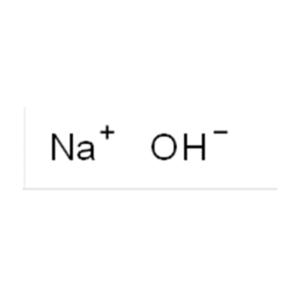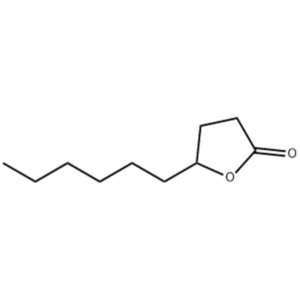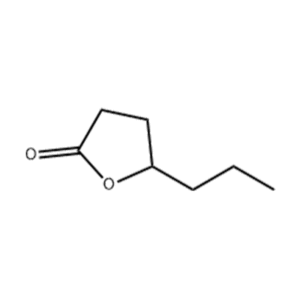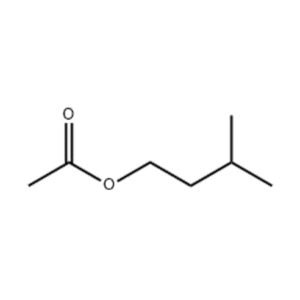【CAS】
1310-73-2
【Alias】
Caustic Soda;Lye;Sodium Hydrate
【Molecular Formula】
NaOH
【Structural Formula】
1、Product Property
Food-grade sodium hydroxide is a white, odorless, solid (flakes, pellets, or powder) that is highly corrosive and hygroscopic. It dissolves exothermically in water, forming a strong alkaline solution. It reacts with acids, fats, and metals. Used in food processing, it must meet strict purity standards to ensure safety for human consumption.
2、Quality Standards (Food Grade)
| Parameter | Specification |
| Appearance | White flakes/pellets/powder |
| Assay (NaOH) | ≥ 97.0% |
| Carbonate (Na₂CO₃) | ≤ 2.0% |
| Chloride (Cl⁻) | ≤ 0.03% |
| Heavy Metals (Pb) | ≤ 5 ppm |
| Iron (Fe) | ≤ 10 ppm |
| Insoluble Matter | ≤ 0.1% |
3、Application scope and Usage
Food-grade sodium hydroxide is widely used in food processing, including peeling fruits/vegetables, neutralizing acids in edible oils, and cleaning food containers. It acts as a pH regulator in beverages and starch modification. In seafood processing, it rehydrates dried products, while in baking, it enhances browning (e.g., pretzels). It also aids in cocoa processing and caramel color production. Strict dosage control is required (typically 0.1–2%) to avoid residual alkalinity. Industrial uses include pharmaceuticals and cosmetics, but food applications require high-purity NaOH with minimal heavy metals
4、Package and Storage
Food-grade sodium hydroxide is packed in 25 kg polyethylene-lined woven bags or HDPE drums to prevent moisture absorption. Small quantities use sealed plastic bottles. Storage must be in a cool, dry, ventilated area (<25°C), away from acids and metals. Containers should be airtight to avoid CO₂ absorption, which forms sodium carbonate. Shelf life is 2 years if stored properly. Transport requires corrosion-resistant packaging with “Corrosive” labels. Spills should be neutralized with weak acids (e.g., vinegar). Workers must wear gloves and goggles due to its severe corrosivity






